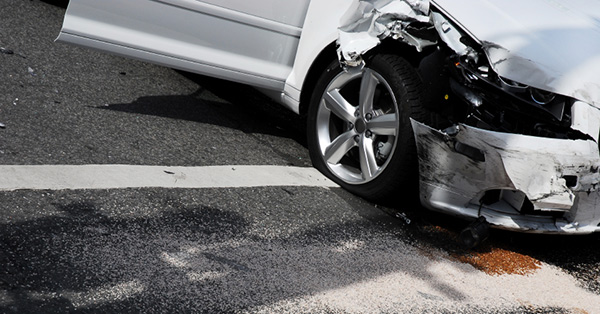The first few days after an accident are crucial for documenting any injuries and preserving any evidence in support of your claim.

Our Missouri personal injury lawyer will share some tips on the evidence that you must find and preserve for your personal injury claim.
Physical Evidence
Sometimes a piece of physical evidence can show what happened or who was at fault. The dent in the car can show where it was hit and the extent of damage can show how bad the collision was. Bloodied clothing can show how serious the injuries were. Any physical evidence that can help prove your claim should be photographed and preserved in the first few days after the accident.
Police Reports
After any car accident, it is important to inform the police. The police report is a crucial piece of evidence that can help establish liability. However, police reports are normally inadmissible in court.
Photographs
If you cannot preserve a piece of evidence in its original state, it is important that you photograph it. Make sure you choose a good quality camera and take the photos in accurate light conditions so as to show greater details. Your cell phone cameras can come in handy when you need to take the photos right at the scene of accident. Make sure you take a number of photographs from various different angles and then select the ones that show the details most clearly. Take the photos as soon as possible after the accident as that will accurately depict the condition of the evidence.
Write short notes on the photos describing the event, details, and the date and time when they were taken. If the injury or accident occurred at a public place, take photographs of the site, and if someone denies permission to photograph the site, note down the details of the person and the reason why permission was denied.
Returning to the Scene
Return to the scene of the accident after you have received medical attention. Find any evidence that might be of help and take photographs of the conditions that you think may have contributed to the injury. You might notice some things such as a pot hole or a broken traffic light that may have contributed to the accident.
You may also come across people who witnessed the accident and they may be willing to testify. Gather contact details of the eye witnesses and note down their narration of events. If possible, take photographs on the same day of the week and at the same time at which the accident occurred. This will most accurately depict the traffic conditions.
Evidence of Injuries
Photographs of injuries can help establish the extent of your damages. Any burns, bruising, and lacerations can describe your pain and agony. Medical records are the most important piece of evidence when it comes to personal injury claims. The details of your medical treatment would also be a key piece of evidence.
If you have suffered injury because of someone else’s negligence, consult a Missouri personal injury lawyer from Zevan and Davidson Law Firm, LLC. Call us at (314) 588-7200 for a free consultation.









